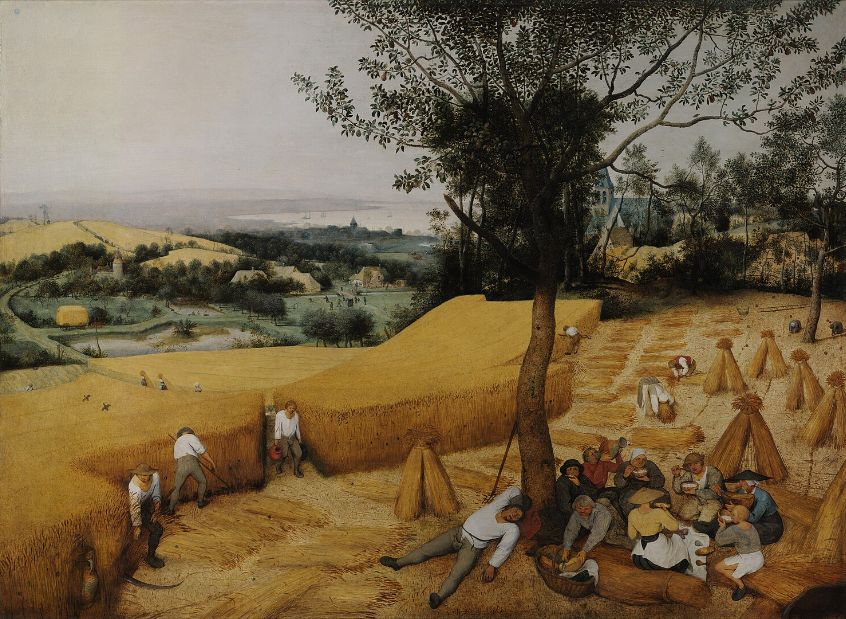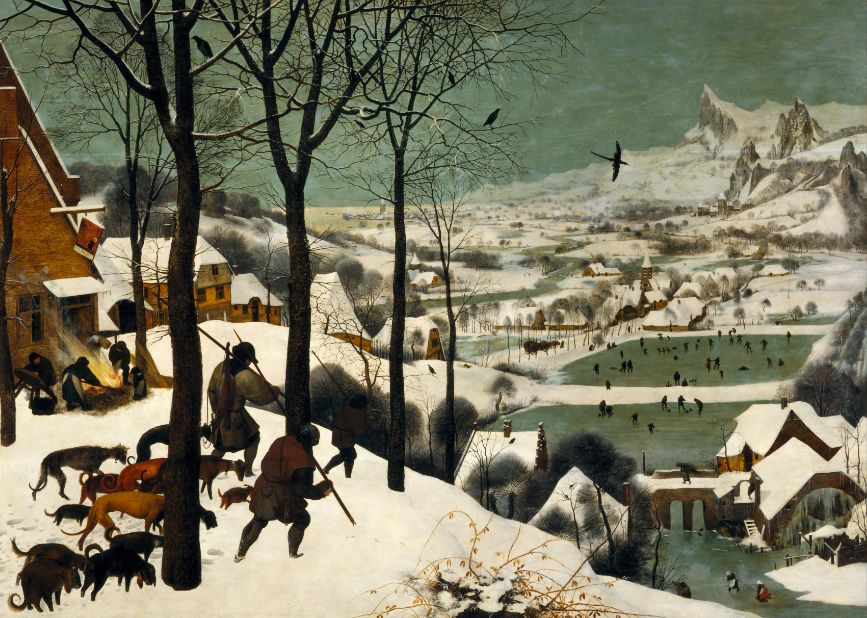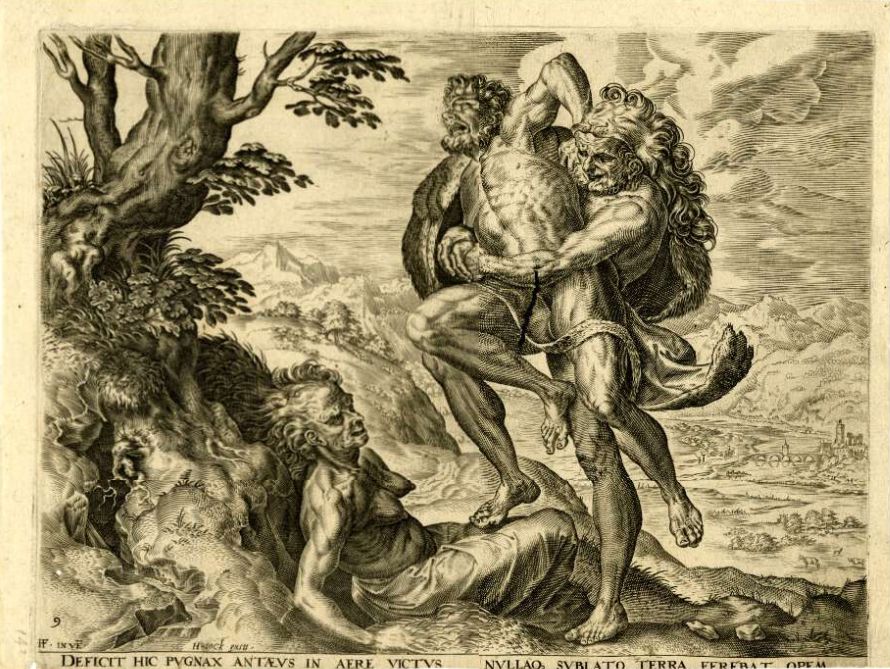Peter Bruegel the Elder's "The Harvesters" and "The Hunters in the Snow" are two of his famous series of six paintings, known as the Labors of the Months. These works depict two months each, showcasing the seasonal changes throughout the year. Through these pieces, Bruegel not only demonstrates his extraordinary artistic skills but also reflects the changing socioeconomic structure of 16th-century Flanders and the rise of new patrons.

These paintings were commissioned by the Antwerp financier Niclaes Jongelinck, a representative of a new type of art patron who bought artworks not only for decoration but also as financial investments, combining entertainment with profit. This new patronage model quickly spread throughout Europe, having a profound impact on the art market.

In the 15th century, wealthy Flemish residents often commissioned church paintings, such as the Ghent Altarpiece, and sometimes small devotional paintings for their homes. However, the main household decoration at that time was tapestries embroidered with leafy designs, known as "verdures," which were the primary trade goods of Flemish tapestry factories. Allegorical painted tapestries were rare and could only be seen in the homes of high-ranking officials. However, with the emergence of new patrons in the 16th century, allegorical panel paintings depicting secular themes became more common. These paintings were cheaper than tapestries but highly valuable if created by well-known artists, appealing to the new art-buying public and promoting mass production.
Jongelinck was born into a middle-class family in Antwerp. His grandfather was a fishmonger, but his father entered the Spanish government and became the master of the Antwerp Mint from 1538. Jongelinck himself was involved in various financial activities, such as trade, managing lotteries, marine insurance, and tax collection for authorities, amassing considerable wealth. In 1554, he purchased a newly built mansion in the developing suburbs of Antwerp and immediately commissioned the necessary art for its decoration. Jongelinck's love and investment in art made him a significant driver of Flemish art development.
The first artist Jongelinck hired was Frans Floris, who provided him with ten large paintings of "The Labors of Hercules" and seven paintings of "The Liberal Arts." Floris had been influenced by Michelangelo during his visit to Italy, particularly by "The Last Judgment" in the Sistine Chapel. Upon his return, he introduced Italian Mannerist painting style to Flanders and achieved great success. However, in 1565, the paintings Jongelinck bought from Bruegel displayed a challenging Flemish style and theme, depicting straightforward and almost reckless scenes of contemporary lower-class life, contrasting sharply with the elegance and atmosphere of the Italian classical world.

"The Harvesters" portrays the scene of high summer, where peasants work diligently in the fields, with expansive fields and distant villages in the background. The painting is filled with warm yellow tones, reflecting the heat of summer and the joy of harvest. Bruegel vividly captures the labor scenes and natural environment with detailed brushwork and rich colors, conveying a sense of simple and fulfilling life.
In contrast, "The Hunters in the Snow" shows a winter scene, with hunters trudging through the snow, and the coldness of the scene is intensified by the icy rivers and snow-covered roofs in the background. The painting primarily uses cool tones, especially blue and white, creating a chilling atmosphere. The hunters and dogs, along with skaters in the distance, depict a comprehensive view of winter activities, showcasing Bruegel's keen observation of seasonal changes.
In 1566, Jongelinck had to mortgage part of his art collection, including 22 paintings by Floris, 16 by Bruegel, and a piece attributed to Dürer, to the city of Antwerp to guarantee his business partner's debts. However, he soon redeemed them and later commissioned his brother Jacob to create eight life-sized bronze nude statues. Even before these works were completed, he mortgaged them to another Antwerp merchant as collateral for a loan. By the time of his death in 1570, Jongelinck was deeply in debt, and his art collection was sold off.
Jongelinck's patronage and collection not only reflected his personal taste and financial power but also demonstrated the flourishing and development of the 16th-century Flemish art market. Through the appreciation and study of Bruegel's Labors of the Months, we can better understand the social and cultural background of 16th-century Flanders and feel the unique charm of art in recording and expressing life. Bruegel's Labors of the Months are not only his artistic achievements but also an important chapter in the history of European art.